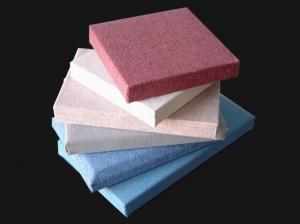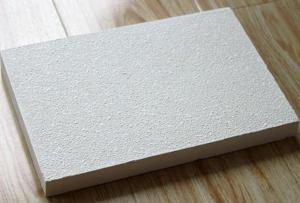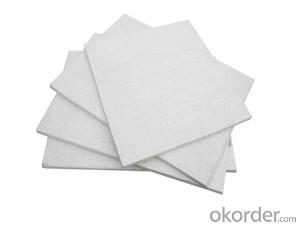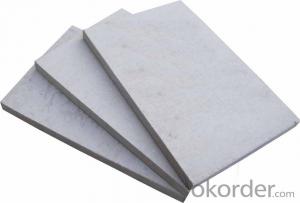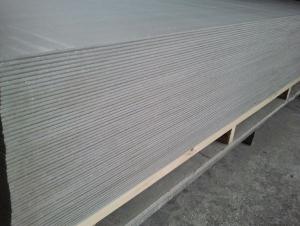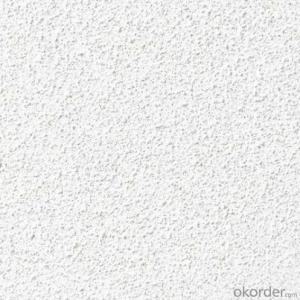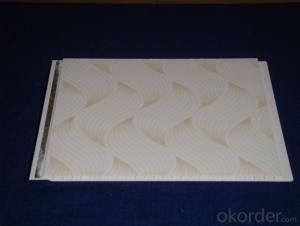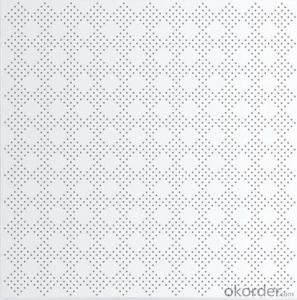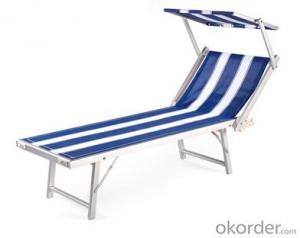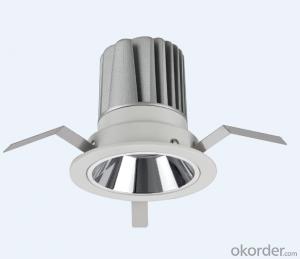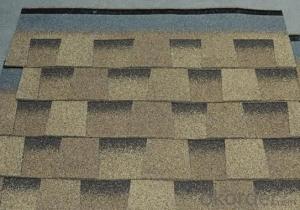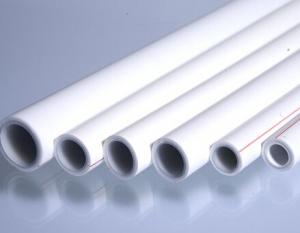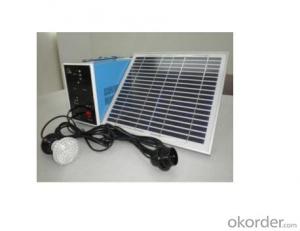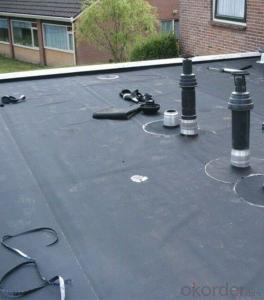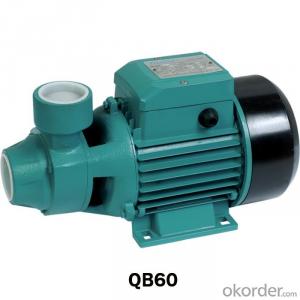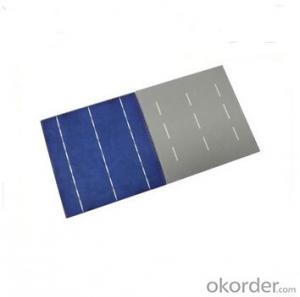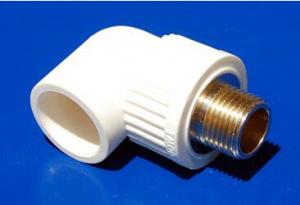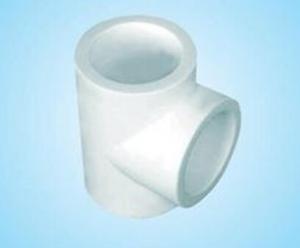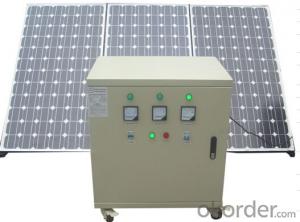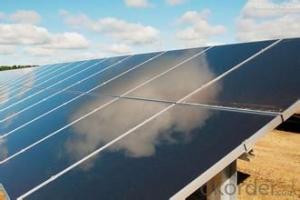Roof Shingles With Solar Cells
Roof Shingles With Solar Cells Related Searches
Led Light Bulbs For Ceiling Fixtures Decorative Ceiling Plate For Light Fixture Ceiling Plate For Hanging Light Fiberglass Panels For Roofing Heat Reflective Material For Roof Track Lights For Kitchen Ceiling Lights For Kitchen Ceiling Lights For Fall Ceiling Hanging Ceiling Chairs For Bedrooms 42 White Ceiling Fan With LightHot Searches
Fiberglass Scaffolding For Sale Plastic Roof Tiles For Sale Fiberglass Panels For Sale Fiberglass Greenhouses For Sale Cost Of Concrete Tile Roof Roof Insulation Price Artificial Slate Roof Tiles Price Ceiling Fan Lowest Price Tesla Solar Roof Inverter Types Of Flat Roof Coverings Stone Wall Tiles Cost Company Office Design Ceramic Roof Tiles Cost Metal Roof Tiles Prices Cement Roof Tile Manufacturers Clay Roof Tile Manufacturers Synthetic Roof Tiles Cost Roof Clay Tiles Prices Interlocking Roof Tiles Prices 30 Year Roof Shingles PricesRoof Shingles With Solar Cells Supplier & Manufacturer from China
Okorder.com is a professional Roof Shingles With Solar Cells supplier & manufacturer, offers integrated one-stop services including real-time quoting and online cargo tracking. We are funded by CNBM Group, a Fortune 500 enterprise and the largest Roof Shingles With Solar Cells firm in China.Hot Products
FAQ
- Yes, solar cells can be used for powering streetlights. Solar-powered streetlights use photovoltaic panels to convert sunlight into electricity, which is stored in batteries. This stored energy is then used to power the streetlights during the night, making them an eco-friendly and cost-effective lighting solution.
- Yes, solar cells can be used in mobile devices. In fact, many manufacturers are now incorporating solar panels into smartphones, tablets, and other portable gadgets to harness solar energy and provide an alternative source of power.
- Solar cells can still perform efficiently in areas with high levels of humidity. However, excessive moisture in the air can cause a slight decrease in their overall performance due to increased resistive losses. It can also lead to the formation of water droplets on the surface of the solar panels, which can temporarily block sunlight and reduce energy production. To mitigate these effects, solar panels are typically designed to be water-resistant and have anti-reflective coatings to prevent water droplet formation. Overall, while humidity can have a minor impact on solar cell efficiency, it does not significantly hinder their ability to generate electricity.
- Yes, solar cells can be used on windows. Photovoltaic (PV) technology allows solar cells to be integrated into windows, transforming them into transparent solar panels. These solar windows can generate electricity from sunlight while still maintaining the functionality of a regular window. They are being increasingly used in buildings to harness solar energy and contribute to sustainable energy solutions.
- Solar cells can significantly increase the value of a property due to their ability to generate clean and renewable energy. The presence of solar panels can enhance the property's appeal, lower energy costs, and potentially provide a source of income through net metering or selling excess energy back to the grid.
- Solar cells have a significant positive impact on carbon emissions as they generate electricity without producing any greenhouse gas emissions. By harnessing the sun's energy, solar cells reduce our reliance on fossil fuels for power generation, ultimately helping to mitigate climate change and reduce carbon emissions.
- Bird collisions can have a negative impact on solar cell performance as they can damage or break the surface of the solar panels. This can lead to a decrease in efficiency and overall energy production of the solar system. Additionally, bird droppings and debris from collisions can also create shading, reducing the amount of sunlight reaching the panels and further affecting their performance.
